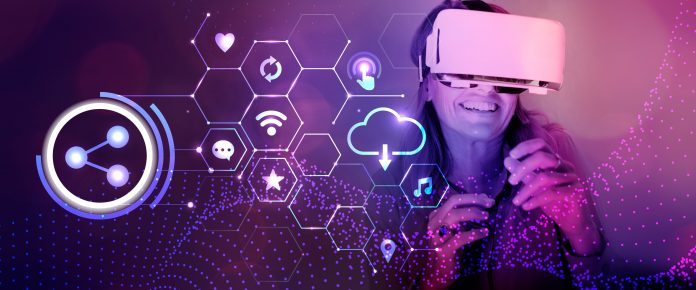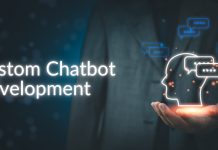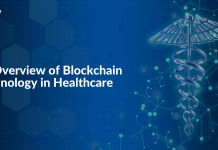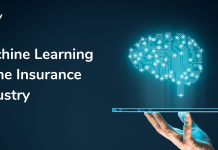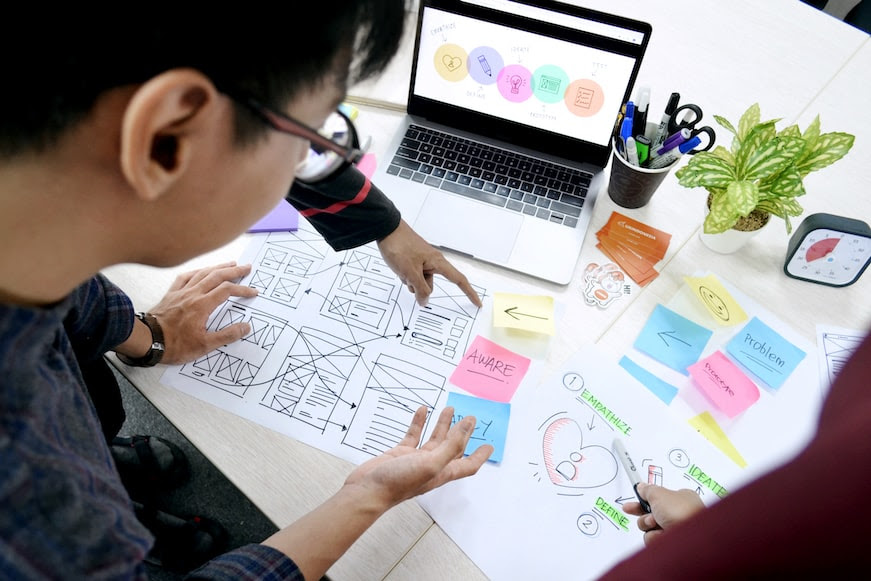A thorough understanding of the project requirements and knowledge of embedded systems is required. in order to integrate embedded systems into the Internet of Things ecosystem. It requires strong technical expertise to work with embedded systems, and convert to IoT development challenges. An operation such as this involves technological solutions, and it could be fraught with risks. You need to determine what architecture you need for the embedded development life cycle to begin.
Let’s explore some challenges that might affect both embedded and IoT lifecycles. Our discussion will also present a systematic approach to addressing those challenges across different level systems.
Main Challenges that Affect Both Embedded and IoT App Development Lifecycle
1. Security Concerns
The security of IoT devices is a paramount concern for any business, and unfortunately, there are many threats to their security. Security threats could be present at any level of IoT architecture, from physical theft of the device to interference with cloud data storage. It’s crucial to have a secure architecture for any ecosystem, and the cloud layer is perhaps the most vulnerable component, which poses numerous IoT challenges in IoT development.
During the design stage of the IoT development lifecycle, a secure cloud infrastructure must be considered. A DevSecOps approach can be used to implement threat intelligence and security solutions across a system and protect your network from risks, attacks, and data theft.
The security of your ecosystem is vital to the short-term functioning of your cloud architecture. Moreover, you should ensure the security and scalability of that architecture in order to ensure the long-term growth of that ecosystem. With the help of a partner that leverages DevOps and the cloud, you can overcome security challenges related to embedded and IoT application development.
2. Data Monitoring and Processing
There is no way to predict or control incidents and critical downtimes, but you can prevent them by using predictive maintenance and control tools. IoT app development challenges include a lack of monitoring and control over a system that can cause serious overhead and even complete system failure.
As a result of data processing, smart environments can be operated in a more efficient way by preventing incidents and optimizing efficiency. To develop and use effective data management tools, strong data expertise is required. A wide variety of IoT app development challenges may require knowledge of Big Data, a Data Warehouse, a Data Lake, real-time data processing, analytics, data science, artificial intelligence, and machine learning.
Monitoring, alerting, and predictive maintenance can all be accomplished through data management. The right connectivity allows you to collect data from across your smart environment, learn crucial information about your inventory, predict bottlenecks, and maintain your facility effectively.
Solving IoT Development Lifecycle Challenges

The Internet of Things refers to a group of connected devices that have internet access and are controlled by an autonomous system. Nevertheless, such a transition involves unique challenges at the early stages of IoT app development:
1. Cross-Platform Deployment
There are a number of different protocols and architectures within the IoT environment that should be interoperable.
Are you unable to choose the right framework for your IoT app development? This guide will help you conclude your decision.
2. Connectivity
A lot of Internet of Things solutions use cloud services, but they come with some risks as well. Performing nonsmart tasks non-networked would be the most effective approach. To be more precise, mesh networks protect your system from failures. The devices do not require direct access to the cloud to identify, authenticate, or communicate with each other. In this way, the device is capable of exchanging data at a certain level and completing its tasks.
3. Selecting Gateways
Throughout the IoT architecture, there are many variables and gateways. These are important to act as central hubs for connectivity protocols and energy profiles (Wi-Fi, serial ports, Bluetooth, etc.). This is why the entire environment relies on the gateways between IoT devices, sensors, and clouds. Top global manufacturers provide intelligent gateways that are equipped with a number of features to ease the development process. Their default feature ensures safe and credible data flow between the cloud and IoT devices.
Future IoT Application Development

The growth of the IoT industry has accelerated along with its capabilities in the next coming years:
- Improvements in smart cars and better roads that manage routes, and optimize fuel efficiency.
- Major wireless carriers adopting 5G networks, leading to advances in IoT devices.
- The advancement of smart cities and the use of this technology can improve the quality of life for their citizens.
- Many businesses are now leveraging the Internet for a variety of purposes. Such as optimizing fleet management, improving warehouse management, and improving healthcare outcomes.
- Advances in Artificial Intelligence for Insights to improve customer experience, increase productivity, profitability, and opportunities for product development.
- With technologies like Narrowband-IoT becoming more cost-competitive, traditional Wi-Fi- or Bluetooth-enabled devices are expected to move to cellular technologies.
- Using local processing on devices can increase speed and reduce traffic, which also reduces data costs.
With this industry evolving and growing, we expect to see clients in every industry benefiting from the capabilities they need to develop the technologies that will transform lives.
Looking for an IoT app development team for your app project? Our digital product development company leverages the latest development methodologies, platforms, product engineering skills, and tools/technologies for building IoT apps.
Conclusion
With a systematic and structured embedded IoT development lifecycle, you will achieve results faster and avoid unnecessary costs. The process requires fundamental domain expertise as well as extensive experience in developing these systems and solving their inherent challenges.
You can rely on us for the design and development of robust and scalable embedded systems. Our mobile app development team Singapore offers embedded and IoT expertise to help you achieve your project goals. Feel free to contact us.

